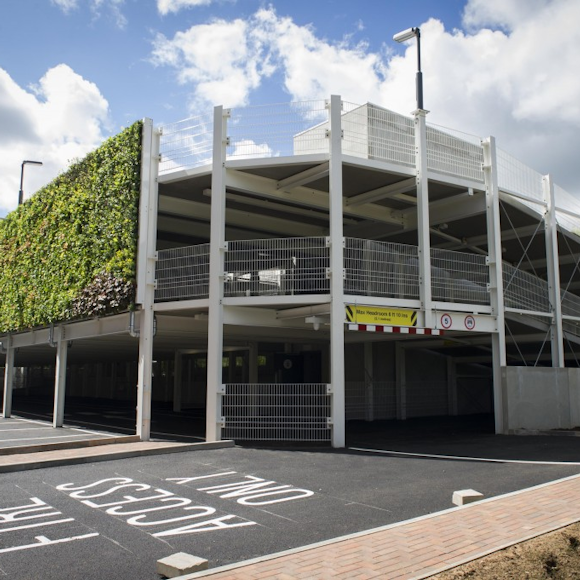his month features a guest blog from David Rees, Capital Allowance expert. Here he outlines how a Living Wall could be tax efficient.
Very few people in business understand the complexities of the UK’s Capital Allowances system of tax reliefs for business investors.
In essence when a taxpayer spends money on commercial property then items which qualify as fixed plant & machinery will be eligible to have their cost written down over time against the profits generated from that building.
The profits might simply be in form of rental received by an investor, or in the case of an owner-occupier or tenant, the trading profits of their business.
What qualifies for relief is subject to various tests – but in simple terms tax relief is not available on structures, but on the systems and fit-out that go into a building for the purposes of the business.
A Living Wall installation would therefore not form part of the structure but is fixed to a permanent wall. It is likely in most instances that the entire cost of a Living Wall could qualify for relief.
As a General Plant items, the cost of a Living Wall would be written down at a rate of 18% per annum. This however, does not take account of the current Annual Investment Allowance (AIA) which stands at £500,000 and means that for any claim up to that figure, the entire cost is claimed in that year.
Thus if a Living Wall installation costs less than £500,000 then the full cost would be set against tax in that year.
The value of the cash saving depends on the rate of tax being paid – a company paying 20% would save £100,000 from its AIA. A partnership or individual paying 40% would see those savings double.
If you are considering a Living Wall installation then a preliminary review of the possible tax savings can be provided at no cost. It is effectively a government subsidy.
David Rees
DavidReesCo – Capital Allowances Consulting


